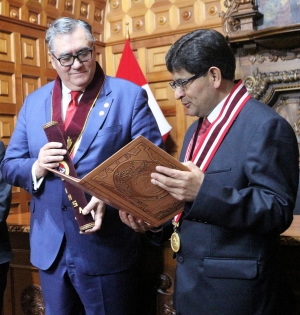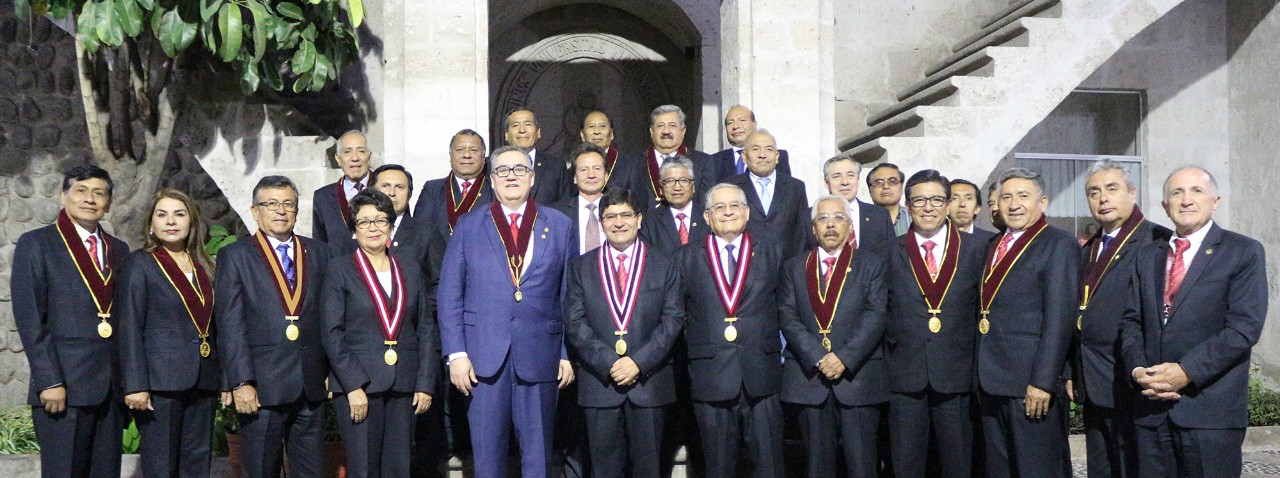NORMAN, OKLA. – Researchers from the University of Oklahoma are working with the Universidad Nacional de San Agustín, one of Peru’s largest and oldest public research universities, on four collaborative projects to study climate change impacts and adaptation strategies for Latin America, as well as advanced public health monitoring and technologies to mitigate the disparate impact of diseases such as cancer and COVD-19 amongst the indigenous populations of Peru.
OU vice president for research and partnerships Tomás Díaz de la Rubia says these projects align closely with OU’s aim to address regional, national and global challenges through excellence in research and creative activity, as described in the recently launched Lead On, University strategic plan.
“These projects will generate solutions to some of our most pressing global challenges and will support economic development and resilience in a rapidly changing world,” Díaz de la Rubia said. “As a flagship public institution keenly focused on societal impact through research and creative activity, OU is uniquely positioned to bring together disparate academic disciplines, from the core STEM fields to the humanities, social sciences and fine arts to foster creative, comprehensive solutions to global challenges.”
In the first phase of the just-launched partnership, UNSA is providing nearly $5 million in funding for four projects that pair OU and UNSA researchers to study these urgent global issues, building on a research collaboration with OU established in January 2020. OU’s National Institute for Risk and Resilience is the university’s coordinating organization for the collaboration.
Carol Silva, co-director of the NIRR, said three of the four projects support a “’ 'Medical Technologies for Improved Health Outcomes in Developing Nations’ initiative that will develop new nano- and artificial intelligence-based technologies as well as social understanding of these technologies to improve the health outcomes for those living in the Arequipa region and Latin America.”



